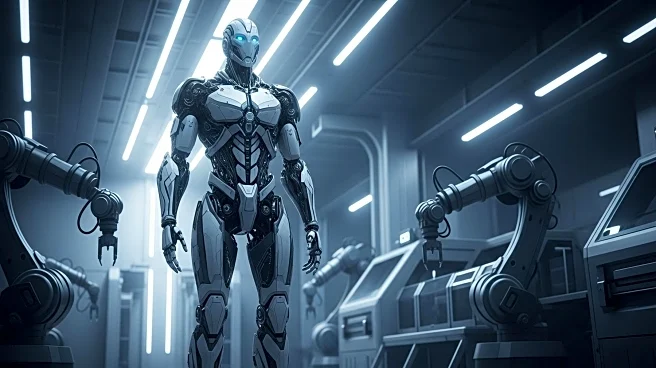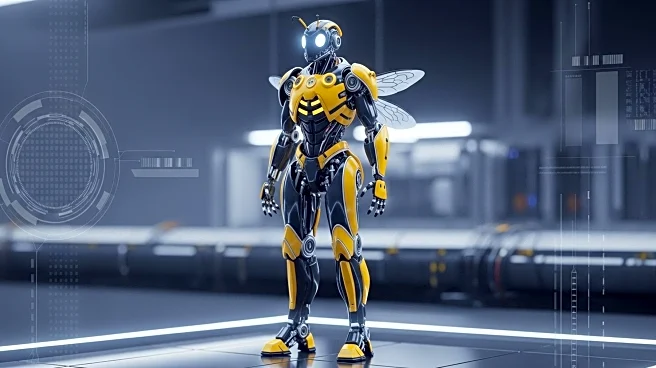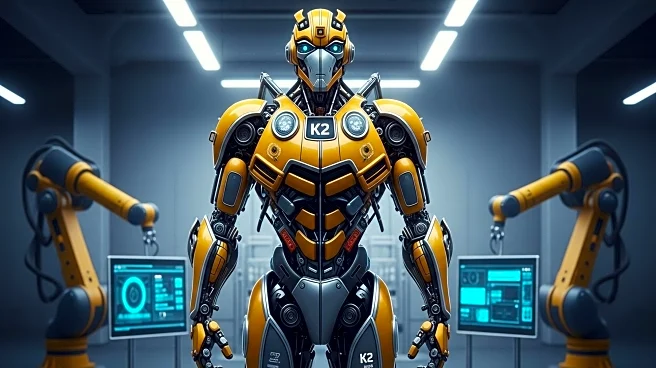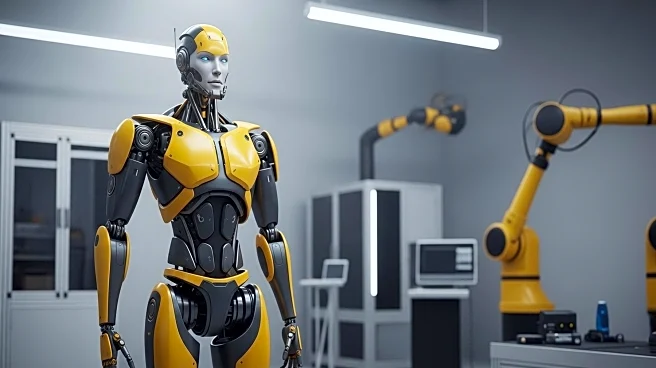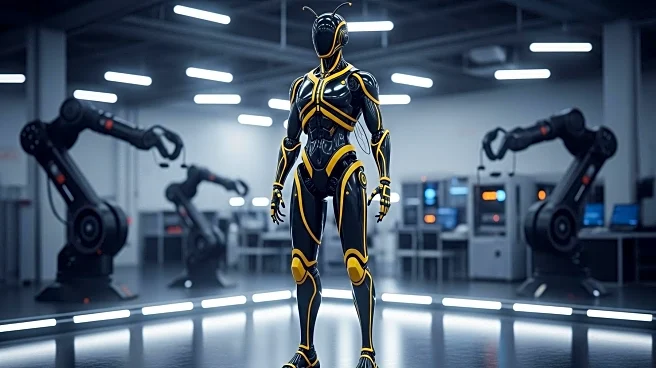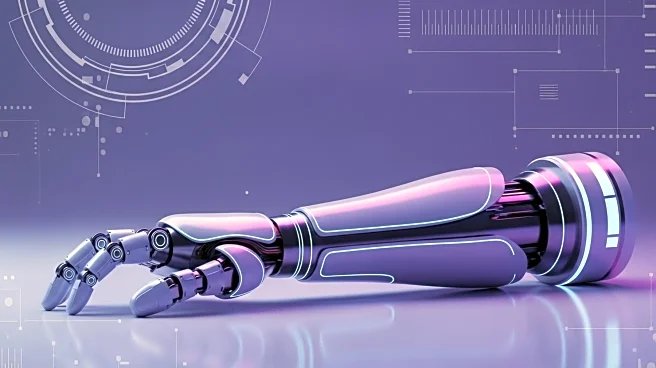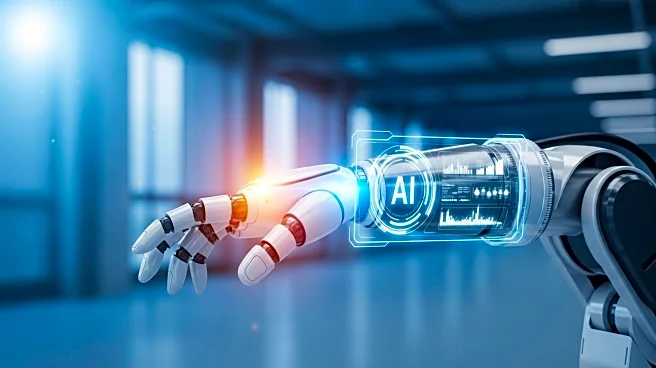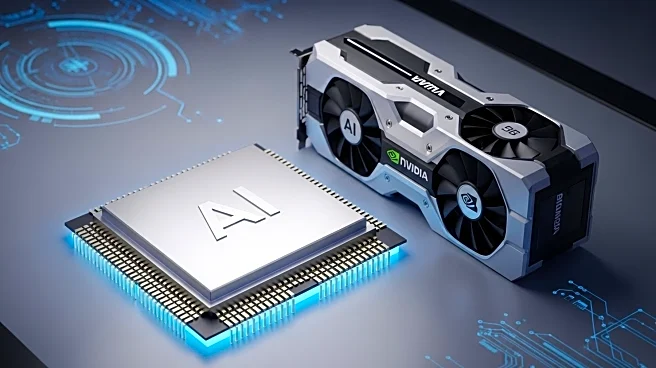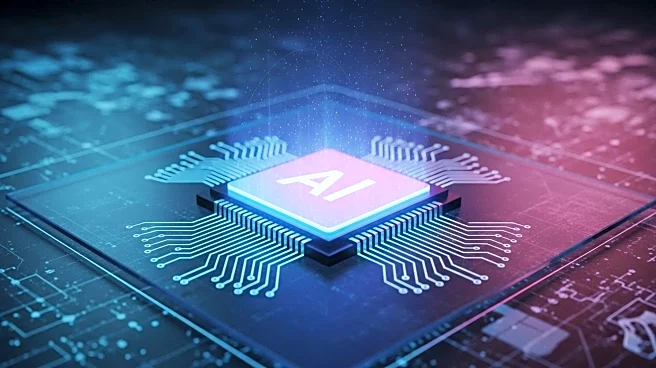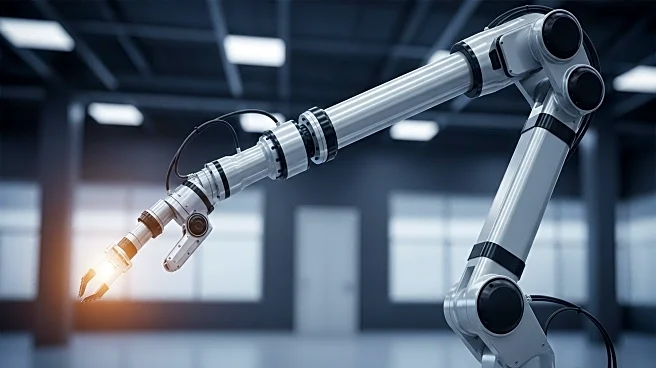What's Happening?
Shanghai Kepler Robotics Co., Ltd has announced the commencement of mass production for its K2 'Bumblebee' model, marking a significant milestone in the commercialization of humanoid robotics. The K2 Bumblebee is the world's first commercially available humanoid robot with a hybrid architecture, combining roller screw linear actuators with rotary actuators. This design enhances stability and performance, making it suitable for industrial environments. The robot is capable of executing complex tasks such as obstacle navigation and high-load movements, and it features a human-like straight-knee walking gait. The K2 Bumblebee is priced at RMB 248,000 per unit, making it more accessible for large-scale adoption.
Why It's Important?
The mass production of the K2 Bumblebee represents a pivotal shift in the humanoid robotics industry, transitioning from research prototypes to market-ready systems. This development could significantly impact various sectors, including logistics, manufacturing, and specialized operations, by introducing advanced automation solutions. The robot's competitive pricing and capabilities may lower barriers for adoption, allowing more industries to integrate humanoid robots into their workflows. This could lead to increased productivity and safety, particularly in environments that require repetitive or high-risk tasks.
What's Next?
Kepler Robotics is focused on building a global humanoid robotics ecosystem by overcoming current barriers such as fragmented standards and limited local service networks. The company is partnering across the supply chain to establish an integrated 'technology-to-market' strategy. With strategic investments and a hardware-first approach, Kepler aims to secure stable component sourcing and drive down costs, making humanoid systems more accessible. As the K2 Bumblebee moves into operational environments, it is expected to become an essential component within industrial ecosystems, enhancing productivity and safety.
Beyond the Headlines
The introduction of the K2 Bumblebee could trigger long-term shifts in how industries approach automation and workforce management. As humanoid robots become more prevalent, there may be ethical and cultural considerations regarding their integration into human-centric environments. Additionally, the development of a robust humanoid robotics ecosystem could lead to new standards and regulations, influencing the future of robotics and automation.

